A Sanctuary of Serenity and Tradition
A breathtaking fusion of spiritual elegance and natural beauty, anchored by centuries of devotion and cultural heritage.
Embark on a serene journey to the Itsukushima Shrine, a place where spirituality meets the tranquil beauty of nature.
Picture a serene, floating marvel, gracefully blending with the scenic backdrop of Miyajima Island.
It’s not just a shrine; it’s a gateway to a timeless world, where every structure tells a story of devotion and tradition.
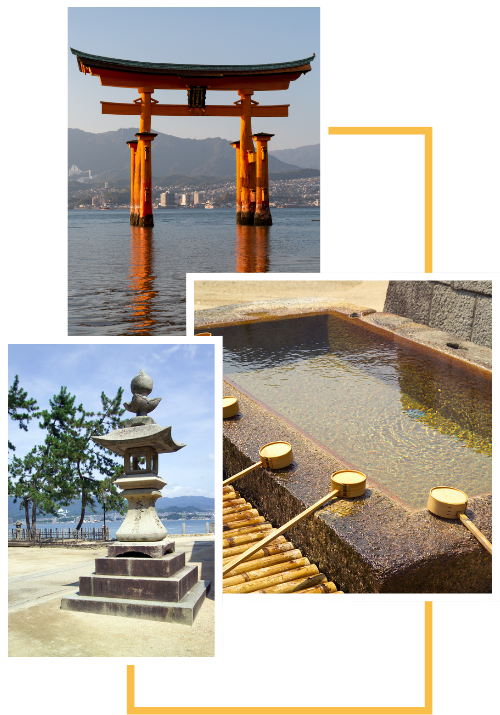

Open year-round, with varying hours by season.
While there is no official dress code to visit the shrine, comfortable footwear is highly encouraged.
Early spring and late autumn offer mild weather and fewer crowds. The autumn leaves and spring blossoms provide a breathtaking setting.
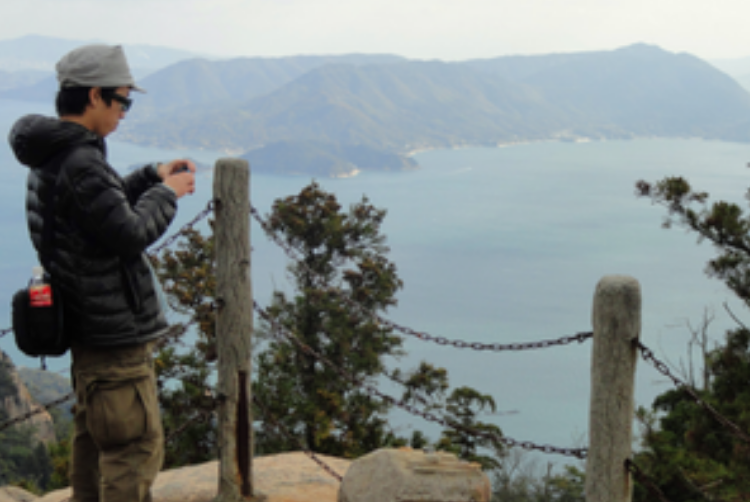
Embark on a spiritual hike up Mount Misen, where panoramic views and serene trails offer a glimpse of divine beauty.

Discover tranquility at Daisho-in Temple, a sacred site featuring intricate statues, peaceful gardens, and spiritual experiences.
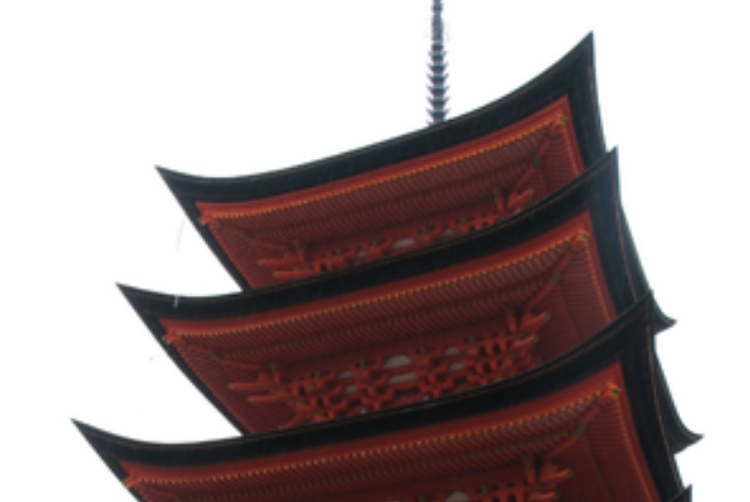
Visit Senjokaku, the Pavilion of 1000 Mats, a vast wooden hall that invites contemplation and offers stunning views of the island and sea.
Home of the iconic "floating" Torii Gate.
Designated as a UNESCO World Heritage Site.
Famous for its elaborate Shinden-zukuri style.
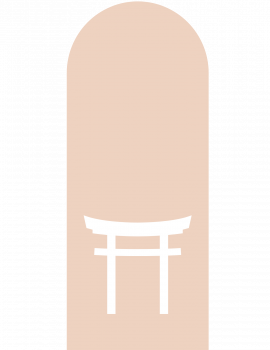
The shrine complex includes several buildings,
Believed to be the site where gods and spirits converge.
A popular site for traditional Shinto weddings.





Legend holds that deer roam freely in Miyajima, the island home to Itsukushima Shrine, believed to be sacred messengers of the Shinto gods.
These gentle creatures, mingling among visitors, embody the island's sacredness and the shrine's serene harmony with nature.
A visit to Itsukushima is as much about encountering these divine messengers as it is about experiencing the shrine's spiritual ambiance, reminding us of the profound bond between the divine, nature, and humanity.

The iconic Torii Gate of Itsukushima Shrine, seemingly afloat on the waters during high tide, has captivated hearts for centuries.
This awe-inspiring sight represents the boundary between the spirit and the human worlds, a gateway guiding pilgrims from the mundane to the sacred.
Crafted without nails, its resilience against time and tide symbolizes the enduring nature of faith and the shrine's spiritual guardianship over the island and its inhabitants.
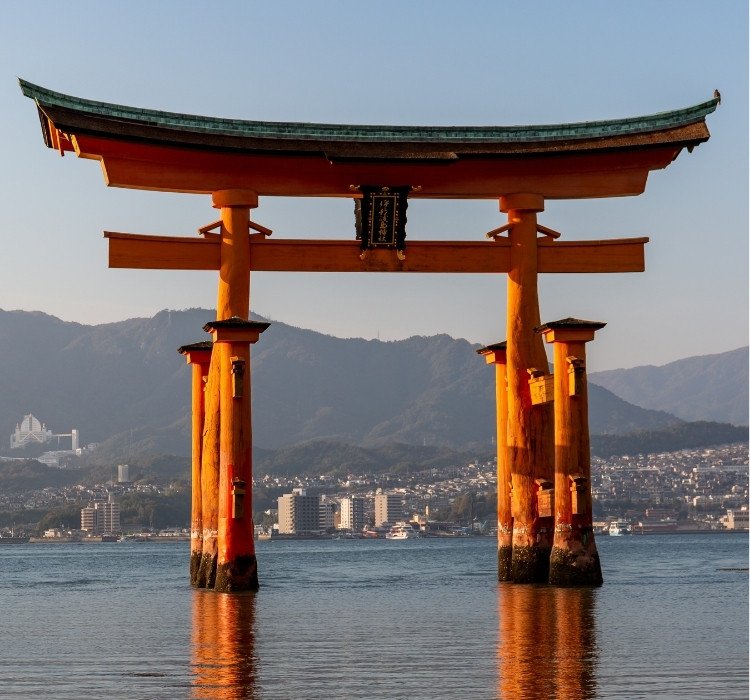
Itsukushima Shrine has withstood many challenges through the ages, from natural disasters to political upheaval.
Remarkably, it has maintained its original form since the 12th century, thanks to the meticulous care and reverence of those who uphold its legacy.
This resilience mirrors the unwavering spirit of the people and their deep-rooted connection to their heritage and beliefs, making the shrine not only a symbol of architectural endurance but also of the enduring human spirit.
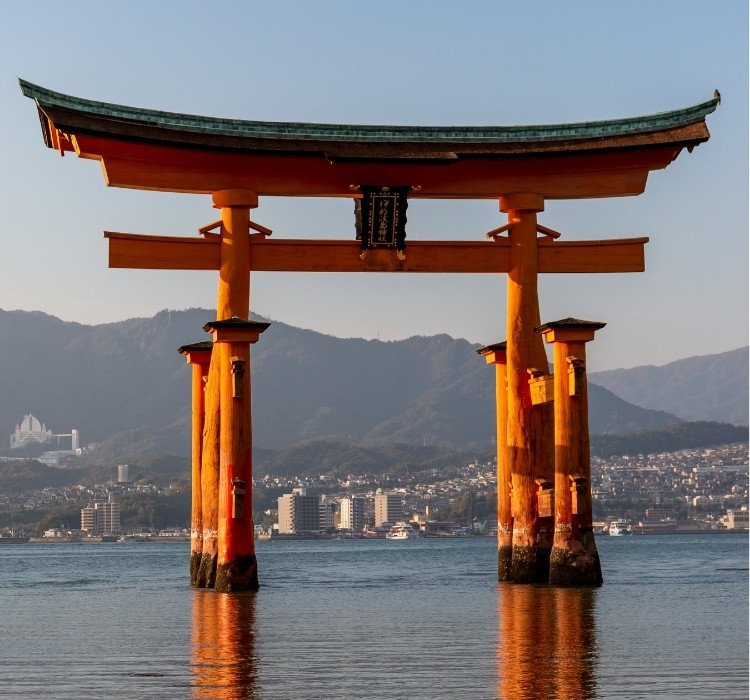
Itsukushima Shrine is renowned for hosting Bugaku and Noh performances, traditional Japanese performing arts that date back centuries.
These performances, held on the shrine's stage against the backdrop of the Seto Inland Sea, are more than mere entertainment; they are sacred offerings to the deities.
The intricate dances and dramatic stories enacted here are imbued with prayers for peace, prosperity, and harmony, echoing the shrine's role as a beacon of spiritual and cultural preservation.
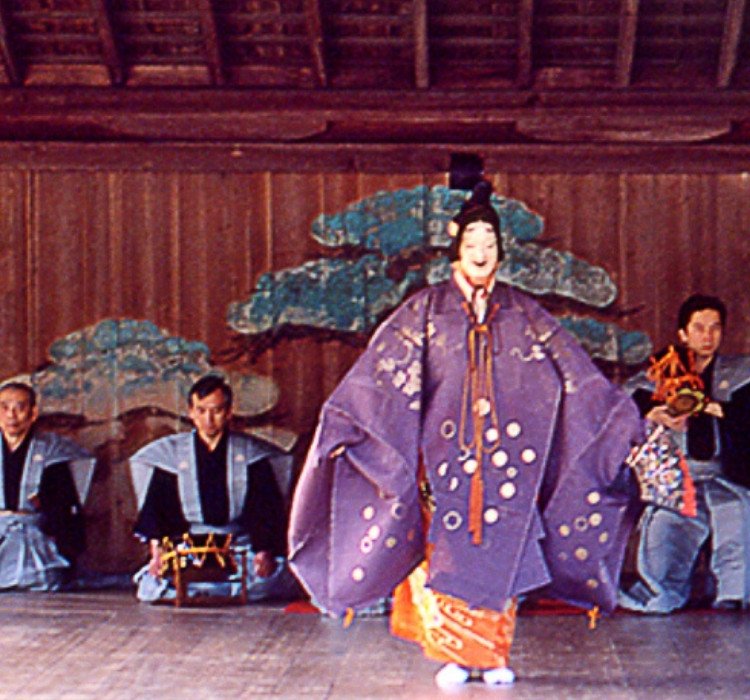
Annually, the shrine become a spectacle of color, sound, and light during Kangen-sai, which is the shrine's largest festival. During this floating festival, musicians play classical Japanese court music on a decorated boat, and are towed between Itsukushima Shrine and other shrines in the area, and are then beckoned back to Itsukushima by lantern-holding festivalgoers on the shore.
Though this event originated over a thousand years ago as a form of entertainment for the nobility, today it is held to honor the Shinto gods.
It's a poignant reminder of the importance of tradition and the luminous path of faith that guides us through darkness.
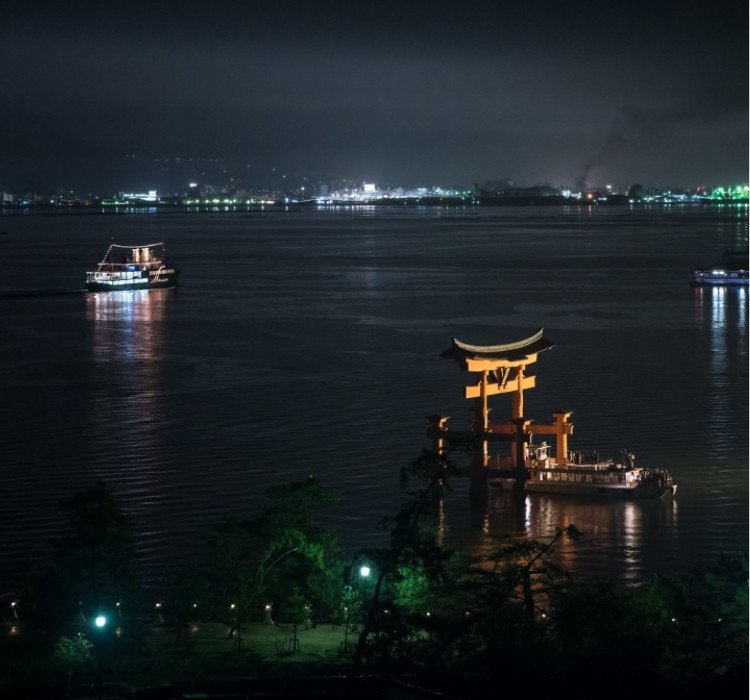
Tucked away behind Itsukushima Shrine is Momijidani Park, known as the Maple Valley, where time seems to stand still among the ancient maples.
This hidden garden, long considered to be a sacred site on Miyajima, continues to offer sanctuary to those seeking solace and reflection.
The rustling leaves and the tranquil streams whisper the ancient tales of the shrine, inviting visitors to connect with the deeper, quieter rhythms of nature and spirit.
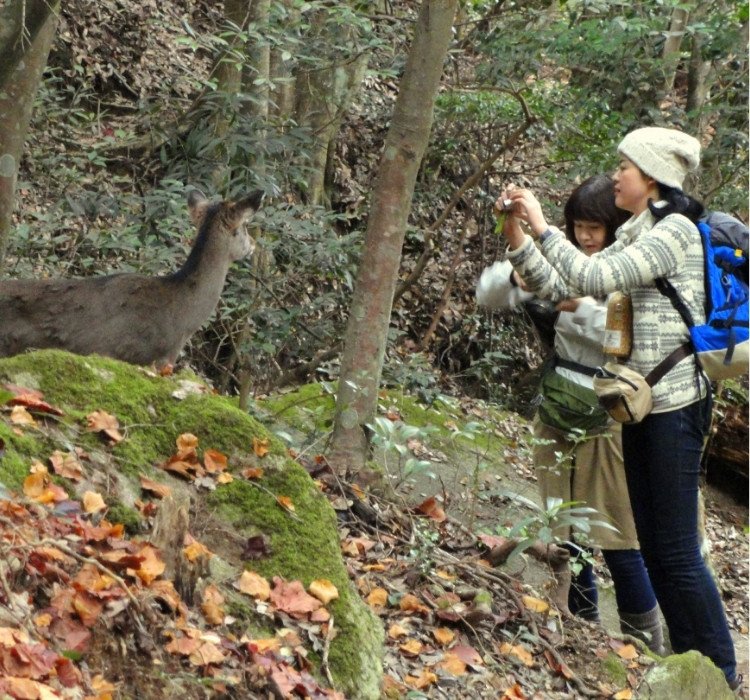
The architectural genius of Itsukushima Shrine is its unique design that accommodates the ebb and flow of the tides.
The shrine and its Torii Gate, built over water, demonstrate an extraordinary harmony with the natural world, embodying the Shinto reverence for nature.
This dynamic relationship with the tides offers visitors two distinct experiences: the serenity of a "floating" shrine at high tide and the opportunity to walk out to the Torii Gate during low tide, symbolizing the ever-changing yet constant nature of life.
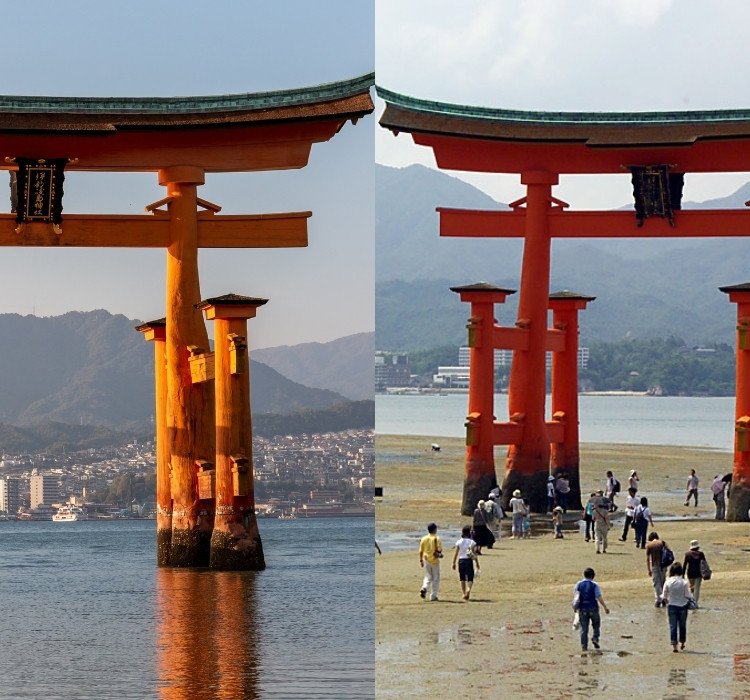
During the Fire-Walking Ceremony, an autumnal Buddhist festival held at the Daishoin Temple, the grounds of Itsukushima Shrine transform into a sacred stage for this remarkable ritual.
This event is not merely a display of physical endurance but a profound expression of spiritual purification. Participants walk barefoot over smoldering embers, symbolizing their dedication to overcoming worldly obstacles and achieving spiritual enlightenment. The ceremony embodies the shrine's deep-rooted connection to Buddhist traditions, emphasizing the harmonious interplay between human resolve and the divine.
As the sun sets and the temple grounds are illuminated by the glow of the fire, the atmosphere is filled with a palpable sense of reverence and awe, drawing devotees and onlookers alike to witness this powerful act of faith and transformation.
Itsukushima Shrine is not just a spiritual landmark but also a custodian of art and culture, housing precious artifacts and artworks that span centuries.
These treasures, from elaborate Heian period costumes to ancient weapons and scrolls, are not merely historical items; they represent the living heritage of the shrine and its central role in the preservation and celebration of Japanese culture and artistic expression.

The origins of Itsukushima Shrine trace back to this period, with the establishment of a simple shrine on Miyajima Island to worship the three daughters of Susano-o no Mikoto, Shinto god of seas and storms.
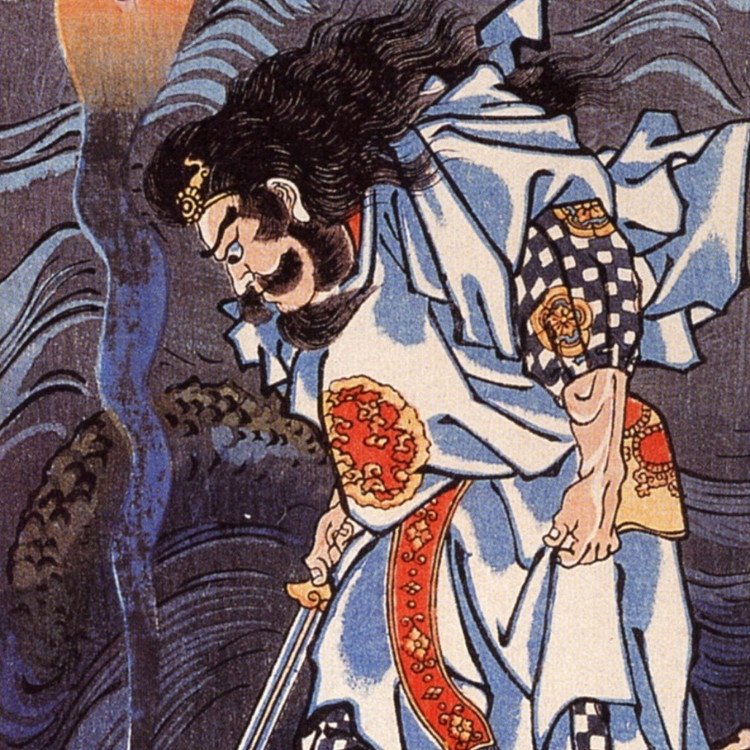
Taira no Kiyomori, a powerful clan leader of the Heian period, commissions the construction of the grand Itsukushima Shrine, enhancing its spiritual and architectural significance.
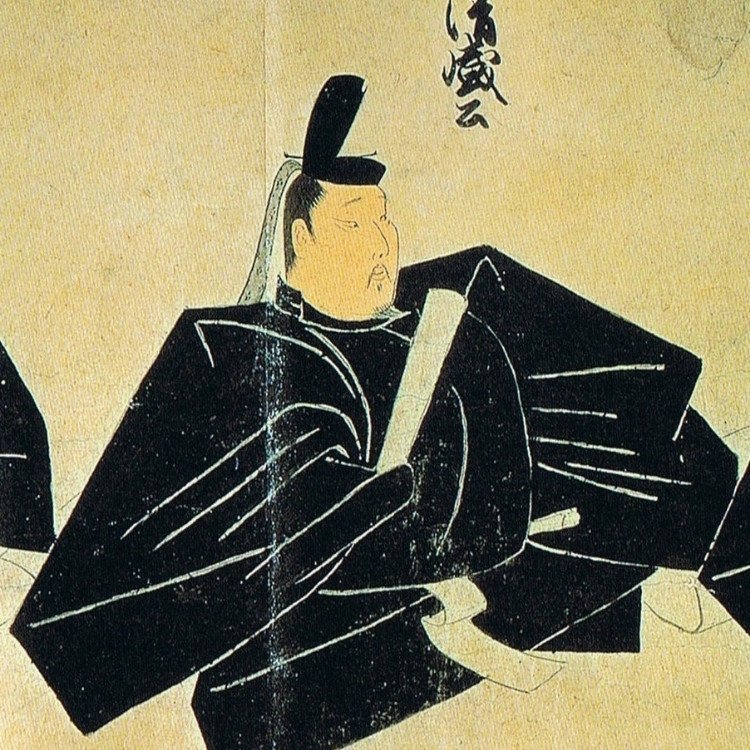
Taira no Kiyomori, a powerful clan leader of the Heian period, commissions the construction of the grand Itsukushima Shrine, enhancing its spiritual and architectural significance.

The shrine’s unique floating Torii Gate and main hall are constructed, embodying the Heian period’s elegance and the harmonious blend with nature, setting the foundation for its iconic status.
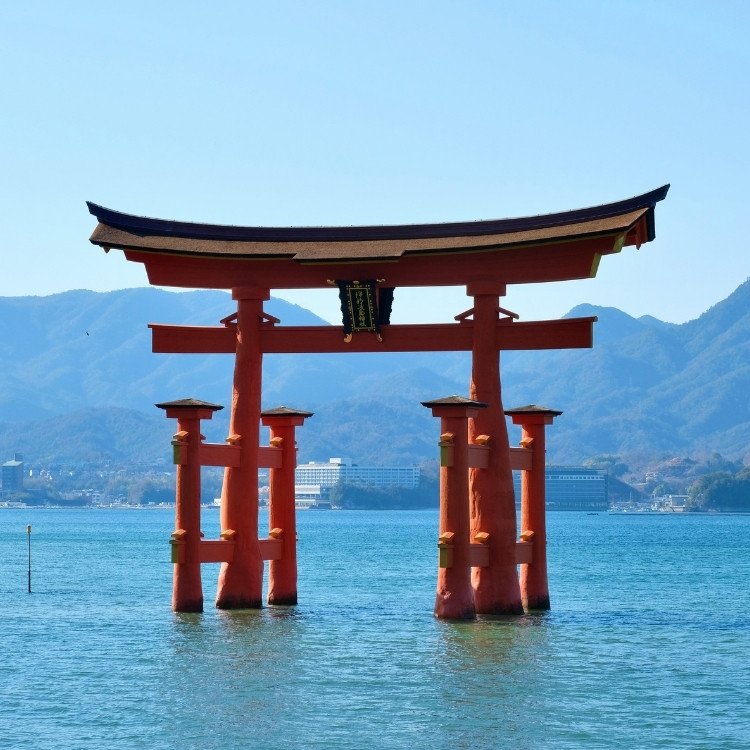
The shrine undergoes major renovations under the patronage of warlord Mori Motonari, further solidifying its structure and cultural prominence.
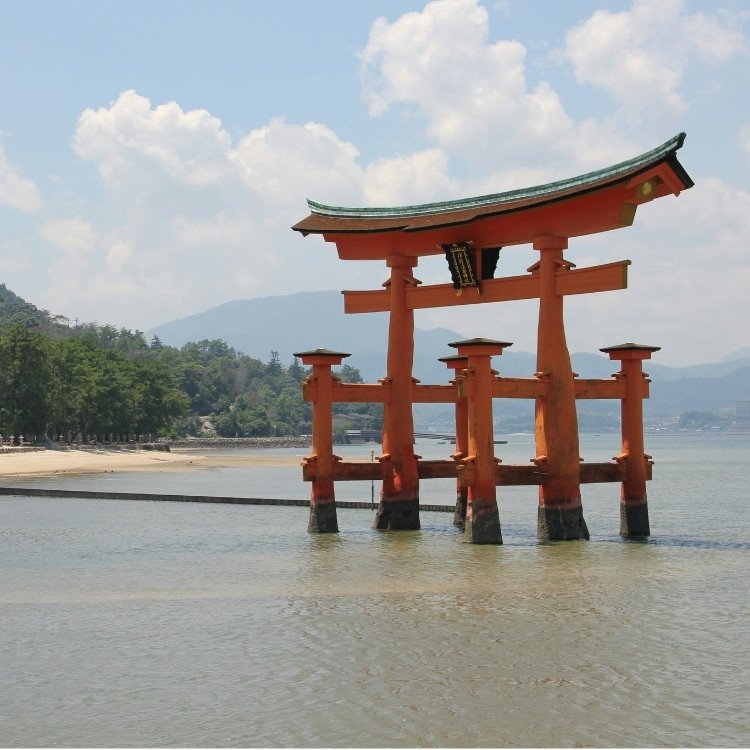
The shrine undergoes major renovations under the patronage of warlord Mori Motonari, further solidifying its structure and cultural prominence.

Itsukushima Shrine is designated as a site of scenic beauty and historical significance by the Japanese government, recognizing its cultural and spiritual value.
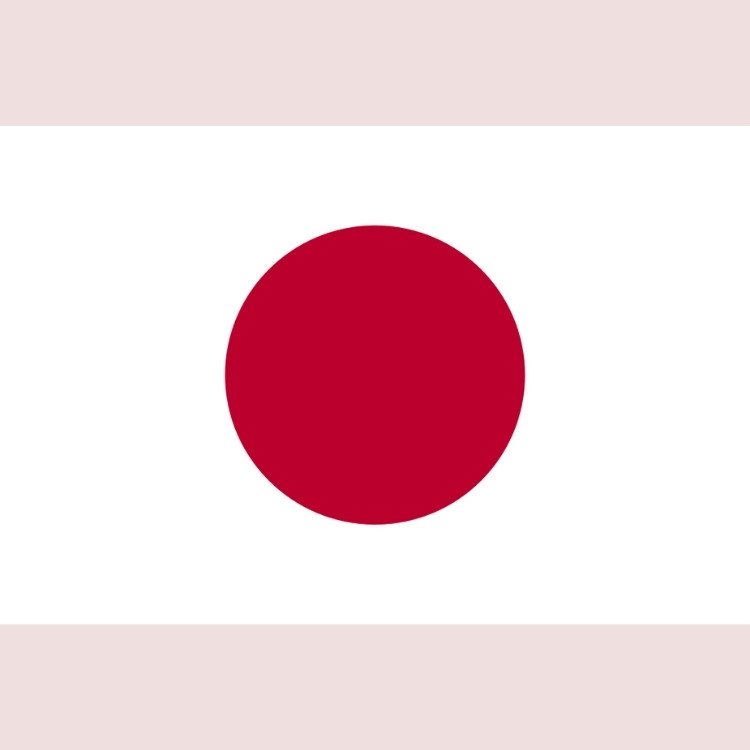
The shrine is officially designated as a Setonai-kai National Park.
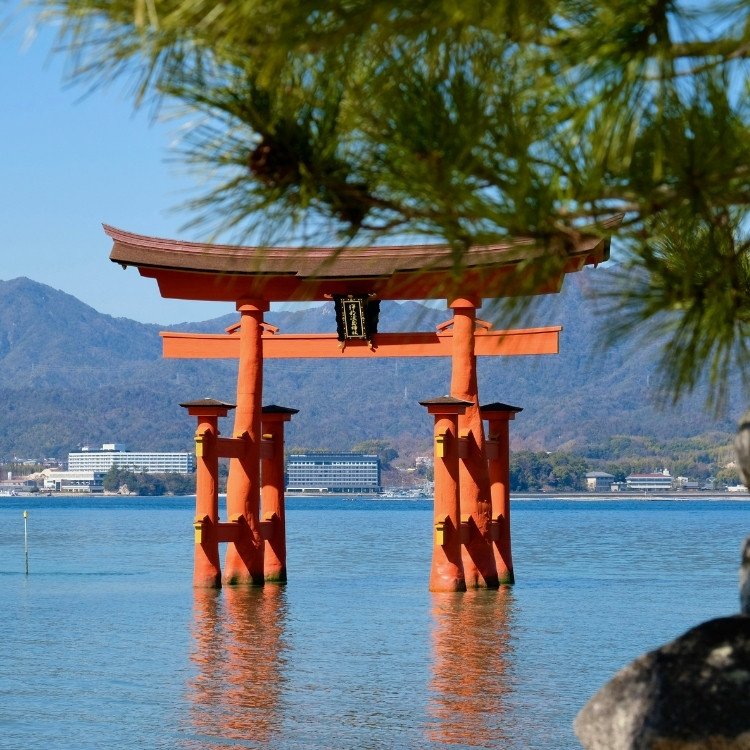
The shrine is officially designated as a Setonai-kai National Park.

UNESCO lists Itsukushima Shrine as a World Heritage Site, acknowledging its unique cultural landscape that combines human creativity with natural beauty.
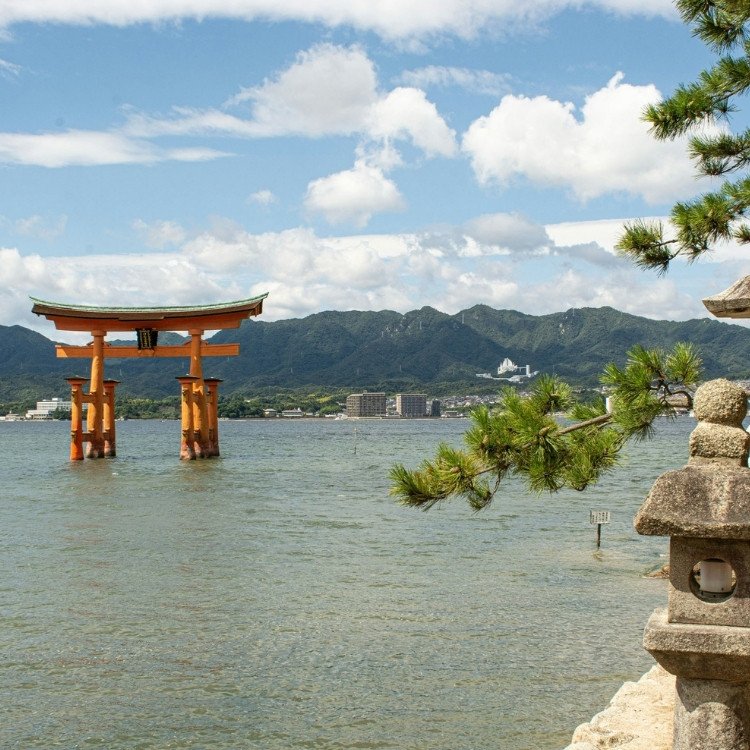
The shrine continues to attract visitors from around the world, celebrated for its serene beauty and spiritual significance.
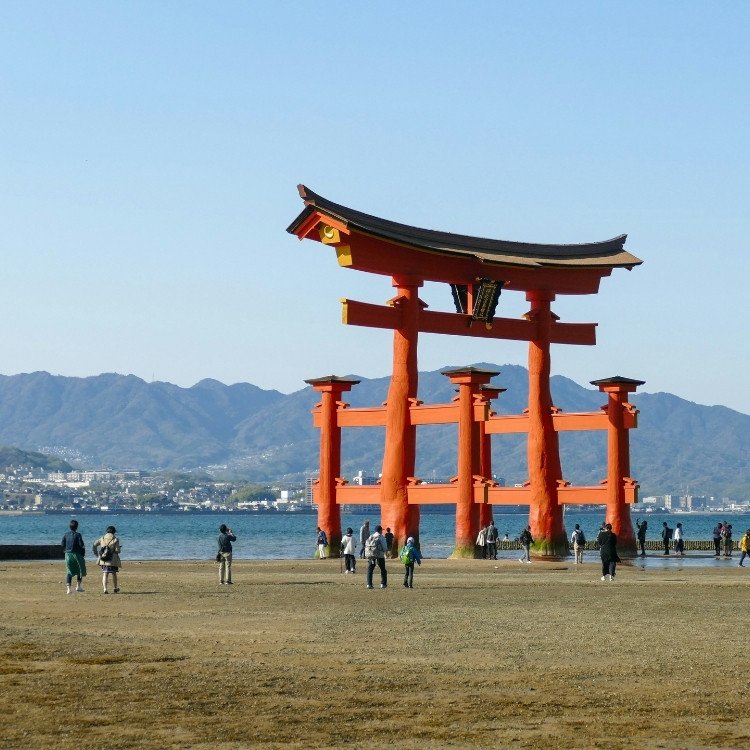
The shrine continues to attract visitors from around the world, celebrated for its serene beauty and spiritual significance.

The shrine’s Torii Gate undergoes major restoration, ensuring its preservation for future generations.

Another significant restoration project begins for the Torii Gate to address age-related wear and ensure the enduring legacy of this iconic structure.

Another significant restoration project begins for the Torii Gate to address age-related wear and ensure the enduring legacy of this iconic structure.

Itsukushima Shrine remains a vibrant center of cultural festivals and rituals, including the famous Miyajima Water Fireworks Festival and Kangen-sai Music Festival, preserving its legacy as a living cultural treasure.
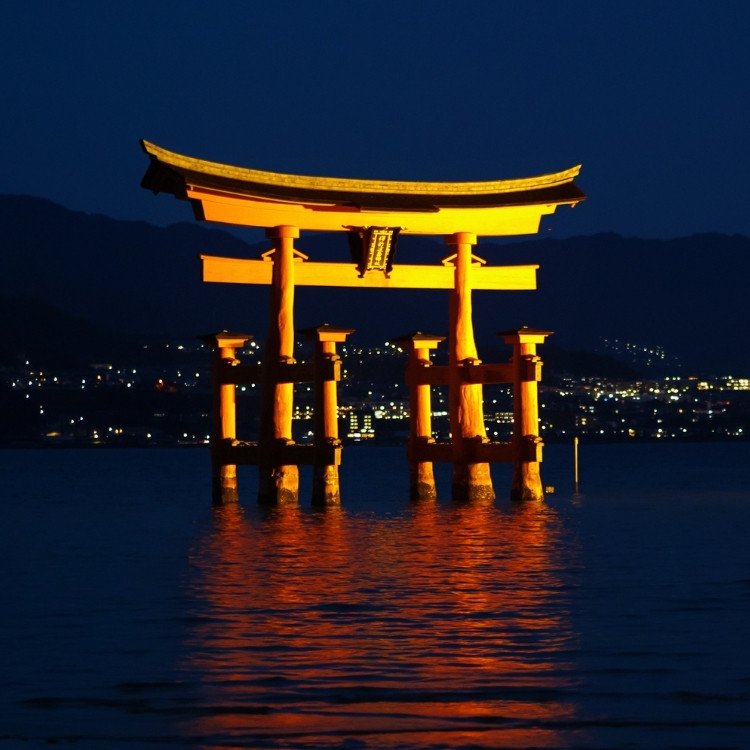
The shrine continues to be a beacon of spiritual solace and cultural heritage, drawing millions of visitors to experience its tranquil beauty and rich history amidst the natural splendor of Miyajima Island.

The shrine continues to be a beacon of spiritual solace and cultural heritage, drawing millions of visitors to experience its tranquil beauty and rich history amidst the natural splendor of Miyajima Island.

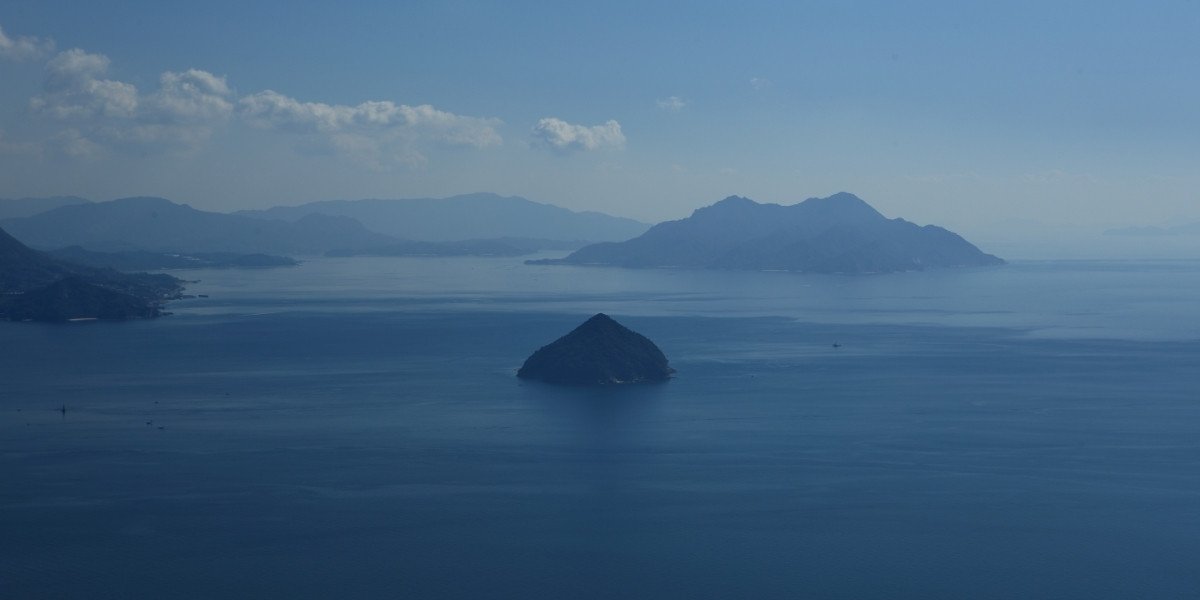
The origins of Itsukushima Shrine are shrouded in the mists of time, with its foundation dating back to the 6th century.
This sacred sanctuary, nestled on the picturesque island of Miyajima, was conceived in reverence to the three daughters of Susano-o no Mikoto, Shinto deity of seas and storms.
The initial shrine was modest, yet it marked the beginning of a spiritual legacy that would evolve into one of Japan’s most revered sites.
The gentle lap of waves against the shrine’s stilts during high tide, coupled with the serene ambiance of the surrounding forest, set the stage for a spiritual journey unlike any other, a testament to mankind’s quest to harmonize with the divine essence of nature.
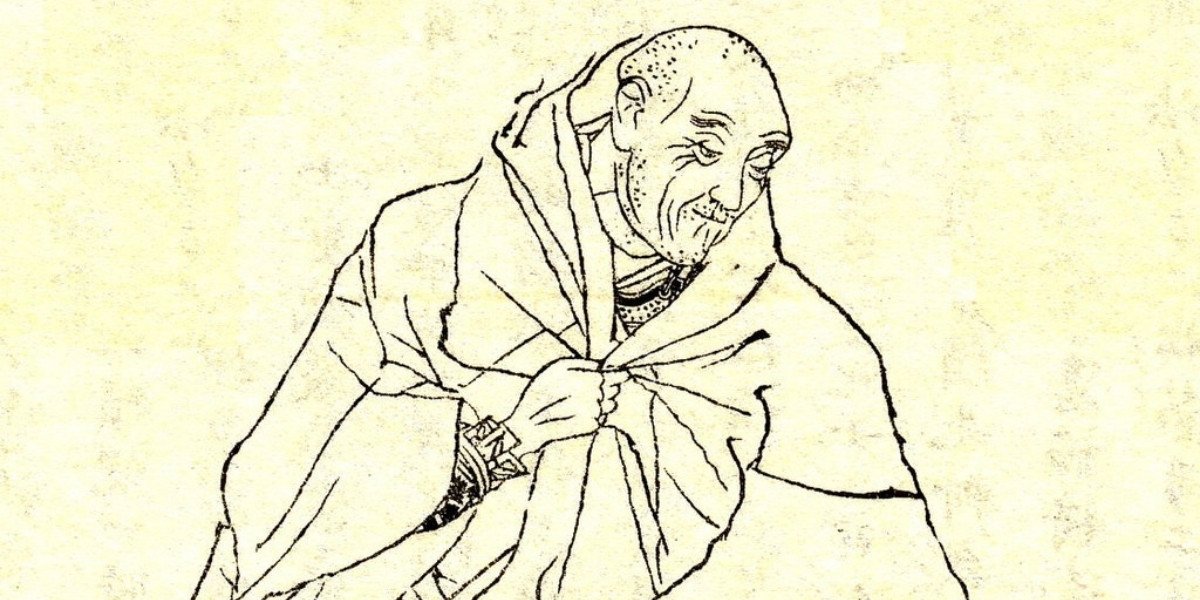
The shrine’s architectural magnificence, as witnessed today, owes much to Taira no Kiyomori, a powerful Heian-period clan leader.
His profound devotion in the 12th century transformed the shrine, introducing the grand floating torii gate and the unique pier-like structure that allows the shrine to ‘float’ on water at high tide.
This era marked a significant chapter in the shrine’s history, marrying spiritual devotion with architectural innovation.
Kiyomori’s vision was not just an aesthetic feat but a symbolic gesture, creating a sacred space that transcended the physical realm, where the gods could descend upon the serene waters, blurring the lines between the celestial and the terrestrial.
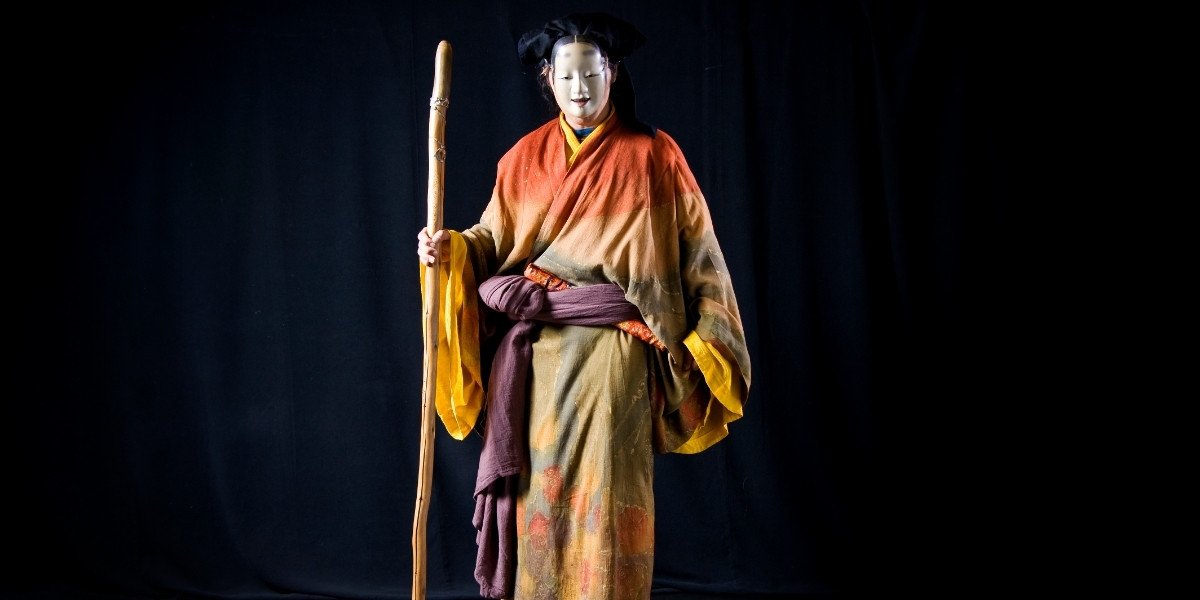
Throughout the centuries, Itsukushima Shrine has been a beacon of cultural and artistic expression.
The shrine’s stage, set against the backdrop of the serene Inland Sea, has hosted countless performances of Bugaku and Noh theatre, traditional arts that are imbued with the divine.
These performances are more than mere entertainment; they are offerings to the deities, a fusion of ethereal music, dance, and storytelling that encapsulates the soul of Japanese tradition.
The shrine has not only preserved these ancient art forms but has also become synonymous with the cultural heritage of Japan, a living museum where history breathes and dances.
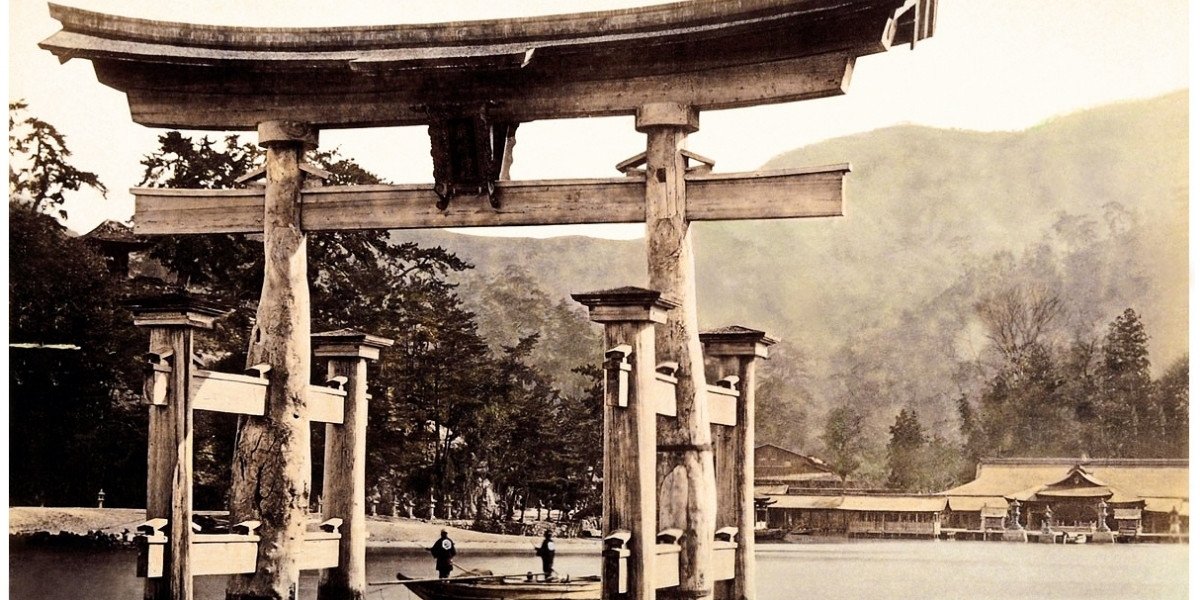
The shrine’s history is also a narrative of resilience, having withstood the test of time and nature’s fury.
Typhoons and fires over the centuries have necessitated numerous restorations, each time reviving the shrine’s splendor while adhering to the ancient architectural techniques passed down through generations.
These restoration efforts underscore the communal dedication to preserving this sacred site, a tangible reflection of the unwavering spirit of the people bound by their reverence for tradition and the divine guardianship of the Itsukushima deities.

In the contemporary era, Itsukushima Shrine has garnered global recognition, designated as a UNESCO World Heritage Site for its outstanding cultural and historical significance.
This accolade has brought the shrine into the international spotlight, highlighting the universal values of peace, harmony, and cultural continuity.
The shrine’s caretakers, along with the global community, are now stewards of this cultural treasure, ensuring its preservation for future generations to witness the timeless dialogue between humanity and the divine, set against the backdrop of Miyajima’s natural beauty.

The shrine’s calendar is punctuated by vibrant festivals and rituals that celebrate the cycle of life, nature, and the blessings of the deities.
The annual Kangen-sai Festival, a maritime procession where sacred music is offered to the gods, encapsulates the shrine’s harmonious relationship with the sea.
These festivals are not just cultural events; they are a living tapestry of faith, community, and the enduring human spirit, weaving together the past and present in a vibrant celebration of life’s ephemerality and the eternal.
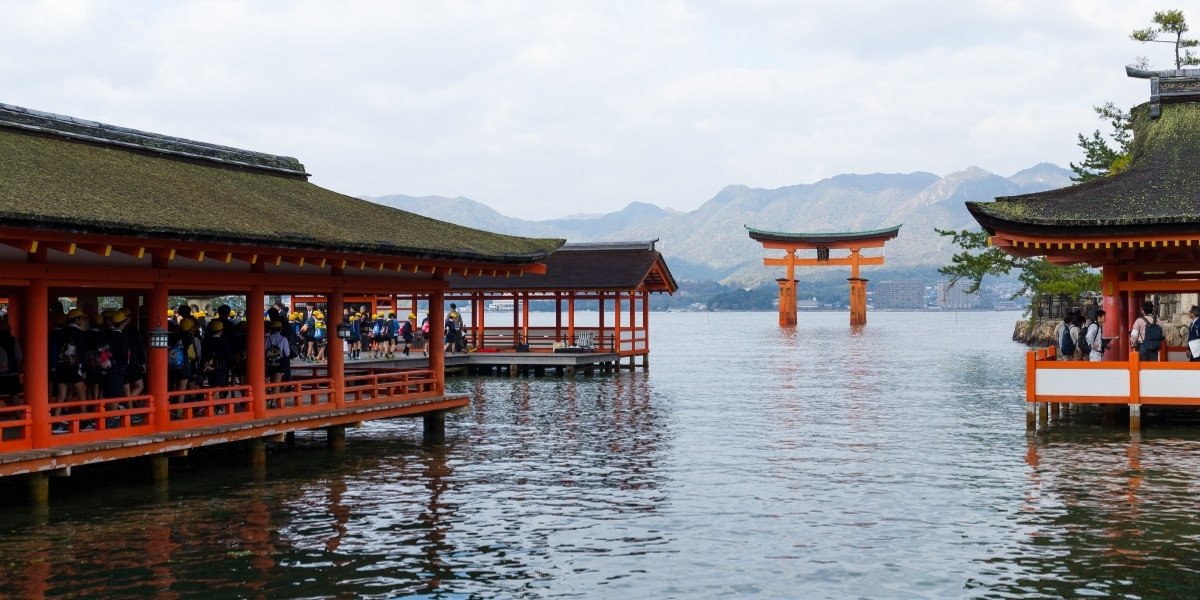
The majestic torii gate, standing sentinel at the water’s edge, has become a symbol of hope and a guiding light for the weary.
Its presence, resilient against the changing tides, serves as a poignant reminder of the shrine’s enduring legacy as a sanctuary of peace, a place where the spiritual and earthly realms converge in a breathtaking ballet of nature and spirituality.
It is here, at the water’s edge, that one can truly grasp the essence of Itsukushima Shrine: a haven where the soul finds solace, and the heart finds its way home to the tranquil embrace of the divine.
Contact Us
Copyright © 2025 Temples.org. All rights reserved.